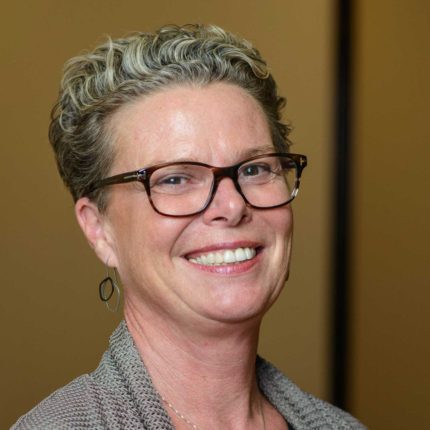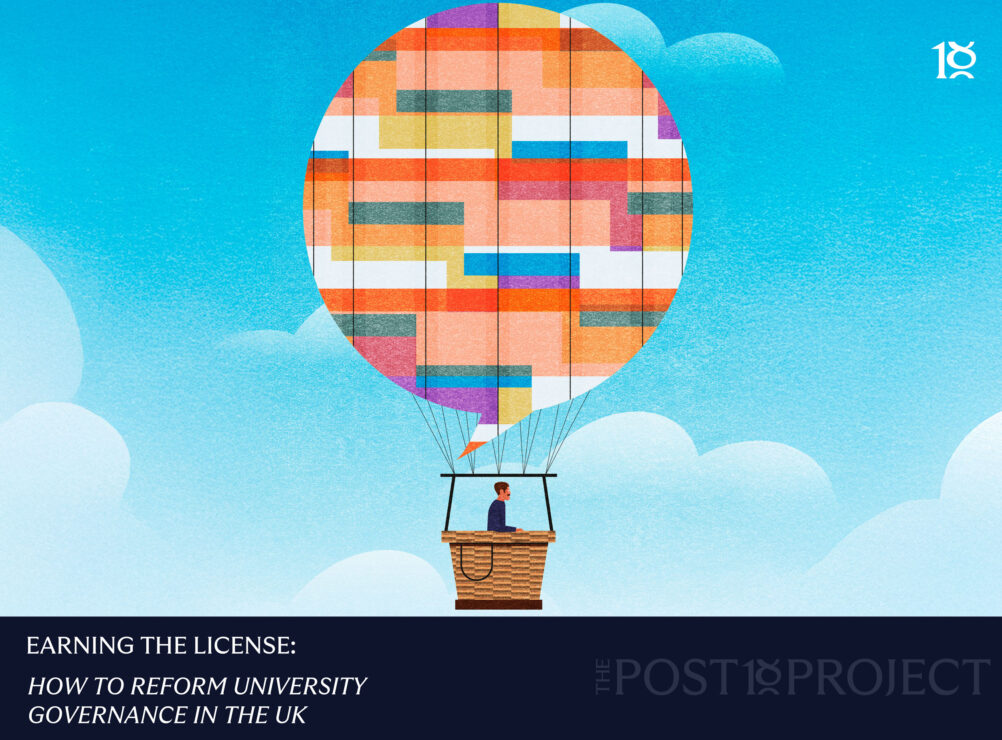It’s been 10 years since the 2009 federal budget when then Education Minister Julia Gillard announced the introduction of the demand driven system (DDS). It was a significant moment in higher education policy and it dramatically changed the narrative around universities, skills and equity.
To mark this decadal moment, an analysis of the DDS – basically the uncapping of undergraduate places – was released earlier this week.
A decade of achievement
The analysis is called Demand-driven funding: A decade of achievement. From the title, it’s pretty easy to see where they are coming from and it’s not exactly a critical analysis. Far from it. But that’s not a bad thing since most things in life serve a purpose.
The briefing from the Innovative Research Universities group, simplifies the demand-driven system into a series of numbers and graphs with minimal contextual narrative or explanation. And while it provides interesting reading, it’s just a tad one dimensional.
There are few who would argue that the DDS hasn’t been a success. Wait, that was a double negative – which makes a positive. It’s easier to say the DDS has been a success.
The key target of 40% of 25-34 year olds holding a degree by 2020 has been met (thanks to the female factor, but that’s another story). The target of 20% of low socioeconomic status by 2020 will fall short, but only just. (Christopher Pyne, when education minister, abandoned both targets back in 2014 not because they weren’t attainable but because they were seen as social engineering. No matter, they have remained very much part of the higher education narrative.)
There are hundreds of thousands more graduates in the workforce and, for the most part, the economy as absorbed them. Australia got lucky. Twenty seven, or is it now twenty eight years without a single blink towards recession. Remarkable.
A moment in time
And let’s not forget this was very much a policy of its time. No one – not a single soul – had uttered the phrase fourth industrial revolution back in 2009 – although the early signs were beginning to reveal themselves.
The DDS was borne out of a new Labor government with an ambitious plan for the economy, Julia Gillard as an excellent and highly competent education minister (this is a rare and notable event in Australia) and the review she commissioned was by a politically astute former vice chancellor Denise Bradley.
The review was conceived and written in the year before the global financial crisis hit. In other words, what was proposed would have been inconceivable a year later. It was a costly, open cheque book policy that required a certain seat-of-the-pants fearlessness to see it through. Australia got through the GFC relatively unscathed, and so did the demand-driven system until last year. Timing is everything.
But it hasn’t all been plain sailing, despite what this briefing would have you believe.
Funding, for example. Despite having the word funding in its title, the briefing is decidedly coy about the dollars and cents side of the DDS.
Funding was – and always has been – a big deal early in the DDS. Especially back in 2012-13 – when the enrolment floodgates opened and Treasury twice had to make significant upward revisions in its fiscal predictions as to how much it was going to cost. The first revision fell just shy of $1bn. That’s a big oversight.
That’s partly to do with an old saying that goes along the lines of: never get between a vice-chancellor and a bucket of money.
That’s precisely what happened when the DDS was introduced. In 2010-11, universities were allowed to enrol up to 10% of their previously determined quotas without being penalised but weren’t funded for the extra places. Twenty or so bit the bullet and over-enrolled by 10% with some going well beyond that figure.
The most aggressive off the blocks was Australian Catholic University which used its own resources to finance a 40% over-enrolment. Swinburne University developed a partnership with Seek for mass online provision and is now the institution with the largest increase in enrolments over the past decade.
The fall out
The IRU’s argument is that much of the growth in places since 2010 onwards has been in costly health and science-related areas. By capping funding at 2017 levels, universities will be forced (my word) to enrol students in low-cost (their word) pointless (my word) degrees such as arts, humanities and law so they can continue to turn a handsome buck (my turn of phrase).
The IRU puts it thus: “The Commonwealth Grant Scheme funding freeze reverses the incentives for growth in science and health fields to encourage growth in lower funded fields, especially those with high student contributions amounts such as commerce and law.”
Which sounds to me like a very provider-centric view of the world. Universities could continue to provide what students want. But student-centricity is not an approach that has broadly infiltrated the Australian sector yet.
The paper points out that the demand driven system was designed to allow universities to meet student demand according to the “mix of population growth and increased employment need for graduates”.
“The intent of the (DDS) policy was to increase higher education attainment, support growth in key areas for the economy and to reduce inequities in access by people from backgrounds underrepresented in universities.”
And it has. But vague threats about universities having to deliver largely worthless courses due to the capping of the demand driven system is hardly helpful.
And, despite the gloss, the past ten years have not been without its challenges and difficulties.
A “media beat up”
This briefing sidesteps the issue that a number of universities enrolled large numbers of academically under-prepared students into some degrees, particularly teacher education. It even makes the rather nebulous claim this never happened and was just a media beat up (my words).
I’m a journalist, I don’t make stuff up and it did happen. Various policy changes and overt pressure by state governments have seen a reduction in the allocation of places – allowing the IRU to show a small change in enrolments over that period.
It mentions but glosses over high attrition rates among less academically prepared students.
It doesn’t go into the surge and then decline in enrolments from mature age students and how that has shaped their the demographics of universities.
It doesn’t go into graduate outcomes – especially for science enrolments and graduates who are second bottom only to creative arts for full-time work and salaries.
For me, the biggest achievement of the DDS has been a doubling in participation rates among indigenous students – which the IRU proudly acknowledges. This is important and laudable work and an achievement of which the sector should be justifiably proud. Participation rates increased from 1.3% to 1.8% over the decade – and while still short of population parity of 2.6%, is still impressive.
The not-so-good news has been participation among rural and remote students. Australia is a very big country. There is a very strong (negative) correlation between the distance you live from a major city and your likelihood of going to university. This hasn’t shifted in a decade.
The IRU’s proposal is for a new distinct funding program, in addition to the major Higher Education Participation and Partnerships Program – but I thought that was what the HEPPP was – to increase enrolments among equity groups.
Perhaps a targeted scholarship and living allowance program could be part of the solution. And it doesn’t have to be federally funded – although, of course, that would help. After all, all universities have scholarships and bursaries and where they are targeted is what is ultimately going to be the game-changer.
The DDS is, for the time being, over. It has been a success. It was always going to take a decade to have enough information to judge its success or otherwise. This is a contribution to that story.













